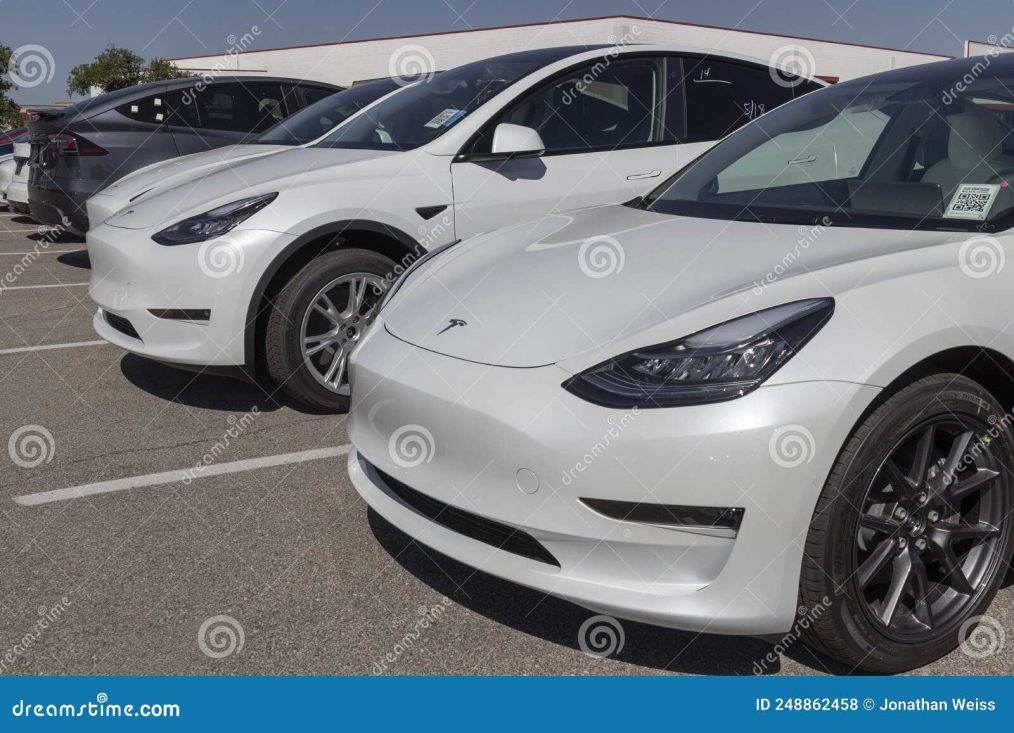
Electric vehicles (EVs) don’t the cold weather.
Electric vehicles (EVs) present distinct differences from their traditional petrol-powered counterparts, manifesting in various ways, some apparent (farewell, gas stations!) and others more subtle, such as their susceptibility to cold weather conditions. In the realm of EVs, plummeting temperatures equate to a reduction in driving range, sometimes to a significant degree. It’s crucial for EV owners to grasp the limitations of their vehicle’s range, particularly in cold weather, to avoid the inconvenience of being stranded due to a depleted battery. Fortunately, there are measures one can take during colder seasons to mitigate range anxiety and enhance overall range performance.
Research findings from AAA suggest that EVs may experience a decline of approximately 40% in their range when temperatures plummet from 22 degrees Celsius to 0 degrees Celsius. This decrease in range can be attributed to multiple factors, including the natural loss of battery capacity in colder climates and the heightened energy demand for cabin heating. Additionally, utilizing climate control features like heated seats and steering wheels further drains the vehicle’s battery, thus impacting its overall range.
For instance, an EV with a stated range of 250 miles may see its available range dwindle to a mere 150 miles in freezing temperatures. Notably, this estimation pertains to new EVs; used models are likely to exhibit even lower range capacities due to the inherent degradation of rechargeable batteries over time and with usage. Geotab, a company headquartered in Las Vegas specializing in monitoring battery health in numerous EVs, reports an average annual battery degradation rate of approximately 2.3%.




